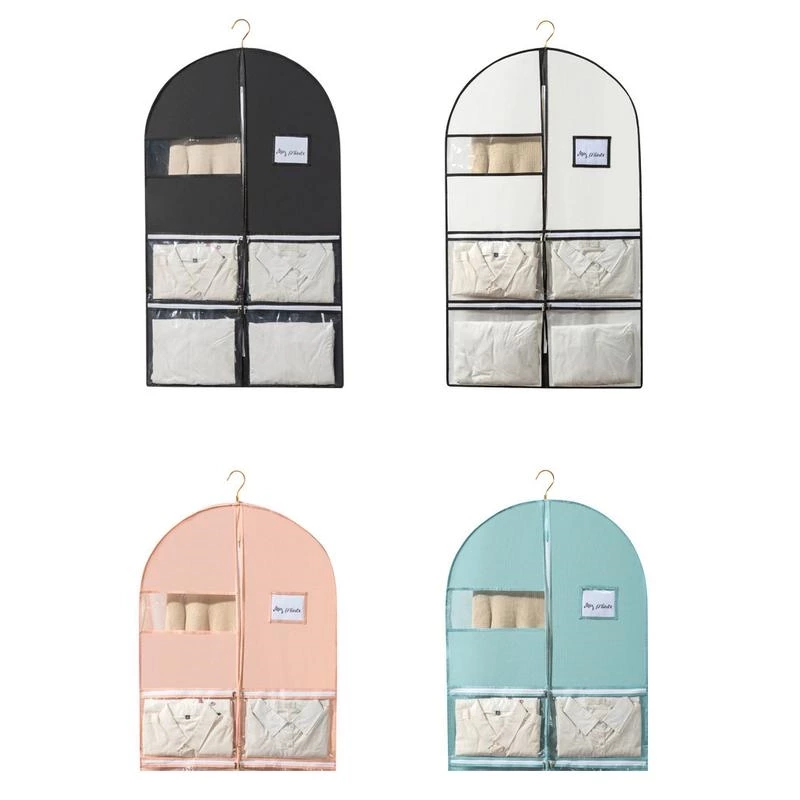Some Common Sense Knowledge Of Fabrics
Our factory specializes in custom-made Non Woven Garment, cultural shirts, advertising shirts, eco-friendly bags, etc. Now let's talk about the difference between 30s and 40s. We also don't say what the width is, nor do we say what the difference is between jacquard, yarn-dyed, and printing and dyeing, and which process is better.
1. About yarn count: How many counts refers to the length of one gram of yarn. In this way, the higher the yarn count, the finer the yarn of the fabric itself. 40s is finer than 20s. Generally, the finer the yarn, the smoother and more delicate it will feel. Low-end product yarn counts usually use relatively thick and low-value yarns such as 16s, 21s, 30s, and 32s. Mid-range product yarn counts usually use 21s, 32s, 40s, and 60s with relatively good cotton and yarn. High-end products are an improvement in the design of mid-range products, and the choice of fabrics tends to be high-count and high-density, such as 40s, 60s, 80s, 100s, and 120s. So many people require fabrics with more than 60 yarns when buying bedding. But such a requirement is not scientific: first of all, the feel of the fabric is not only related to the thickness of the yarn count, but also to the uniformity of the yarn count. If the yarn count is uniform, the hand feel is smooth, otherwise the fabric surface feels uneven. Secondly, the durability of the fabric is related to the number of warp and weft yarns per unit area. Even if it is 60 yarn, if the number of warp and weft yarns is small, it will not be liked by consumers because it is not durable. Moreover, we should say a fair word for coarse yarn. Coarse yarn is not a symbol of low-grade fabrics. Coarse yarn with uniform yarn count and high fabric density is a good choice for winter bedding. Generally, everyone wants bedding to give people a warm feeling in winter. Fine yarns such as 40 and 60 yarns give people a light and cold feeling due to the high reflectivity of the fabric surface, while 20 yarns give people a thick feeling.
2. Customization of T-shirts Wide width refers to the fabric being 2.3~2.35 meters wide, and narrow width refers to the fabric being 1.5~1.6 meters wide. Generally speaking, the sheets and quilts made of wide fabrics are not spliced, and most of them will indicate "full width" in a conspicuous place on the packaging bag. Narrow fabrics must be spliced on the sheets and quilts. Most people like wide fabrics (especially the elderly who have suffered, because splicing always makes people feel that they are short of food, clothing and financially tight. However, I have seen many beddings made of floral and checkered splicing that are very British manor style, very beautiful). The cost of wide fabrics of the same quality may also be higher (just a guess)
3. Jacquard refers to the striped or flower-shaped concave and convex patterns woven on the fabric. It is divided into large jacquard and small jacquard. Large jacquard is a flower-shaped pattern, and small jacquard is a simple geometric pattern such as stripes or plaids. The cost of large jacquard should be higher than that of small jacquard. Large jacquard gives people a more gorgeous feeling and is sold at a higher price.
The above are some of my views on fabrics.
